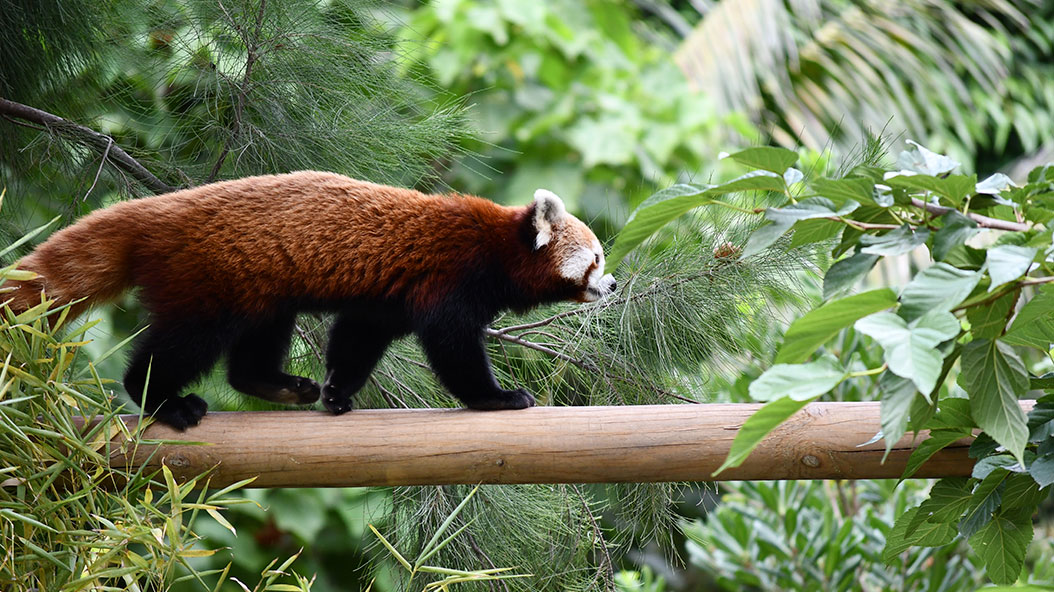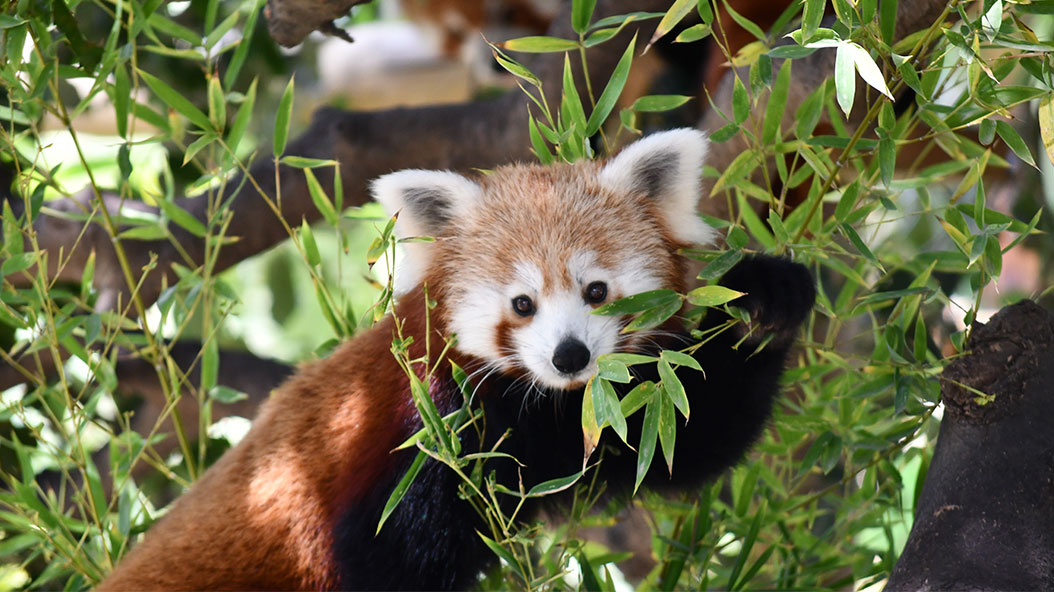Barcelona Zoo has recently welcomed a female red panda (Ailurus fulgens) by the name of Diki. The species is native to the Himalayas and is threatened with extinction according to the International Union for the Conservation of Nature (IUCN).
Diki’s arrival at Barcelona Zoo is part of the red panda European Ex Situ Endangered Species Programme (EEP) run by the European Association of Zoos and Aquaria (EAZA) and aims to boost its population.
This female red panda arrived in Barcelona on 28 June of this year from the Parc Animalier d’Auvergne (France). She is one year old and, following a few days of acclimatising to Barcelona Zoo, she has been living with Hindi, a two-year old male already here, for some weeks now.

A vulnerable species due to the destruction of its natural habitat
The red panda (Ailurus fulgens) is a small, endangered mammal according to the UICN and protected by the CITES convention, an international agreement that regulates the trade in threatened species.
The red panda population occupies a narrow strip along the Himalayan mountain range from Nepal to China. The main threats it faces are pressure from humans, whether through agriculture or bamboo deforestation, illegal hunting, and climate change.
As a result of this situation, conservation efforts are currently focused on ex situ breeding programmes, outside their natural habitat, such as the EAZA programme, which Barcelona Zoo participates in and which has made the arrival of this specimen possible.
The red panda is an animal that lives alone or in pairs. Nocturnal and almost arboreal, it moves through the trees with great agility but has no problem getting down to the ground to move around and feed. It is a very peaceful and gentle animal.
Today, there are two known subspecies: Ailurus fulgens fulgens, which is found in the Himalayas, from Nepal to Assam (India), and which can be seen at Barcelona Zoo; and Ailurus fulgens styani, present in northern Burma and southern China.
Its name refers to the fact that it bears some resemblance to the well-known giant panda or panda bear. However, it is regarded as belonging to different zoological families.




